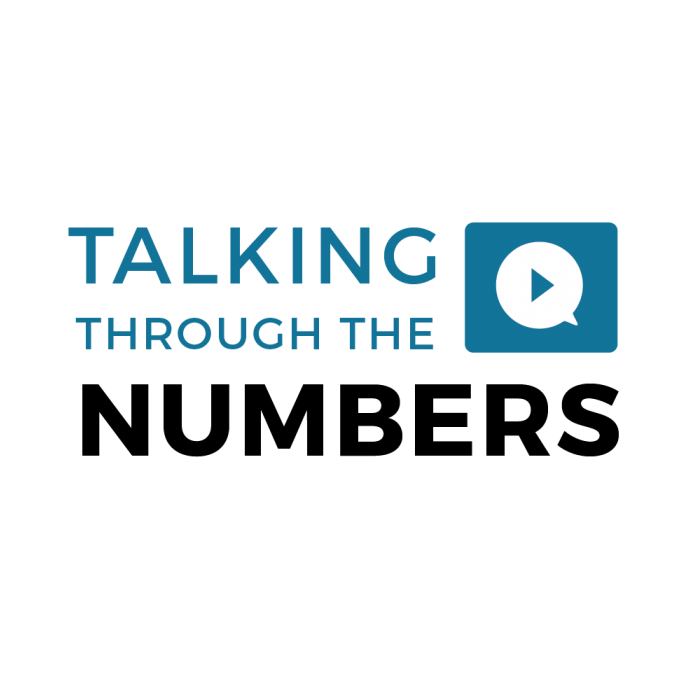Five Facts That Can Help You Save a Life: What You Need to Know About Commercial Sexual Exploitation
People typically think commercial sexual exploitation happens to women brought in from other countries who are locked away in basements being victimized by men they don’t know. In reality, this scenario is one of many. Similarly, while most people are sure commercial sexual exploitation isn’t happening in their community, it likely is. Commercial sexual exploitation occurs where you are…in whatever town, city, or corner of the world you are reading this.
By understanding the many ways commercial sexual exploitation happens and by being aware of signs it may be happening near you, you can help save a life. The following information was primarily derived from Wilder Research’s first biennial evaluation of Minnesota’s Safe Harbor law and No Wrong Door model, an initiative designed to improve outcomes for sex trafficked youth and young adults. Notably, data collected was about youth who had been commercially sexually exploited and sought services from Safe Harbor-funded organizations. Youth who do not seek services may differ in important ways.
Here are five facts you need to know:
- People of all genders experience commercial sexual exploitation. It doesn’t just happen to women or adults. People who are commercially sexually exploited vary in age, gender, race, religion, sexual orientation, and in every other way.
- People who are commercially sexually exploited are out in the community. They are not just locked away. About half of youth who sought services from Safe Harbor were enrolled in school. Some had legal jobs. Many had seen a medical professional. You may interact with a sexually exploited youth or adult at any point in your day.
- Commercial sexual exploitation happens in many different ways. Sometimes a sexual activity is exchanged for money and sometimes it is exchanged for something else of value, such as shelter, food, or transportation. Pimps and purchasers can be any gender. Some pimps are strangers. In the Safe Harbor data, about half of pimps were family members, friends, or significant others. In about one-fourth of cases, no pimp was involved.
- People who are commercially sexually exploited often don’t think of themselves as being victimized. Part of the victimization they experience is being made to believe the person selling them loves them, they “deserve it,” they are crazy, and/or they are somehow guilty too.
- For people who have been commercially sexually exploited, seeking support is more like a marathon, than a sprint. In fact, it is more of a waltz with steps back and forth and in circles, as they move forward.
One recommendation from the Safe Harbor evaluation was to increase public awareness and understanding of commercial sexual exploitation. Knowing the many ways it can look is key. Knowing the warning signs is also critical. Warning signs vary but can include chronic unexplained absences, presence of an overly controlling partner, signs of physical abuse or neglect, homelessness, unexplained income, and self-blame. You can find a more complete list of warning signs of commercial sexual exploitation at Sold No More and the Minnesota Human Trafficking Taskforce website.
In my case, it was a sixth-grade teacher who noticed the warning signs, although I don’t think she knew I was being trafficked. She dedicated out-of-school time to building my self-esteem and providing me periods of safety. In retrospect, I imagine how much easier my life could have been if she had known more about commercial sexual exploitation and could have done more to intervene, and I appreciate that I would likely be dead if she hadn’t done anything. If you think someone is being sexually exploited, you can contact Day One at 1-866-223-1111. You too can save a life.
Read the second biennial evaluation of Safe Harbor.
Laura Schauben was a research scientist in Wilder Research.
